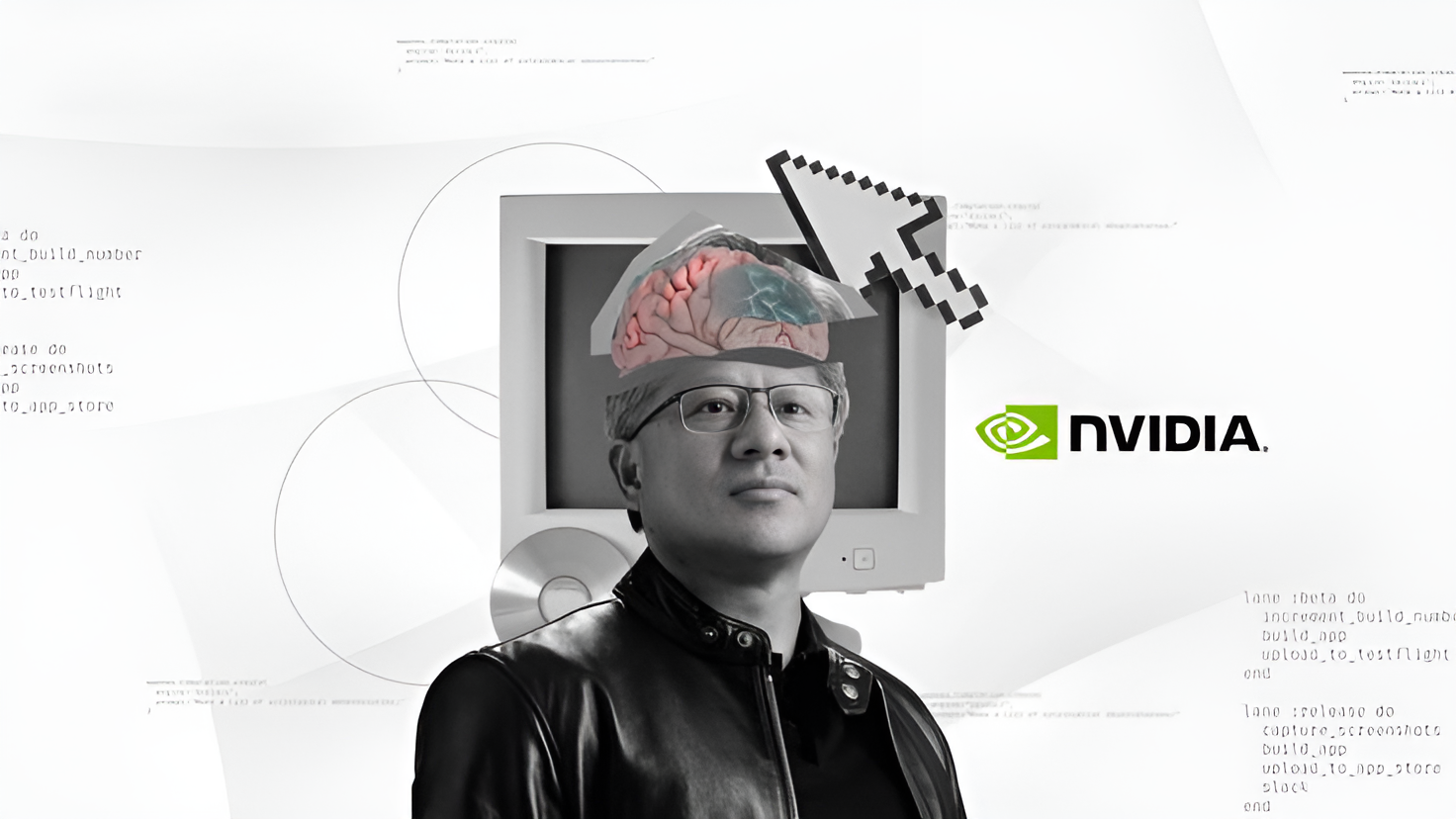Before you build agentic AI, understand the confused deputy problem Analysis Report
5W1H Analysis
Who
Key stakeholders include organisations developing artificial intelligence (AI) systems, particularly those focusing on multi-agent generative AI technologies. Additionally, security experts and risk managers who are tasked with overseeing AI deployment and mitigating associated risks are significant figures.
What
The event discussed involves a shift in how risks related to multi-agent generative AI should be conceptualised and managed, taking into consideration the "confused deputy problem". This is a security concern where a program mistakenly uses its authority inappropriately, potentially leading to unintended actions.
When
The focus on understanding and resolving these issues is part of ongoing discussions and developments but has been particularly highlighted in the recent article published on 19th May 2025.
Where
The implications of these discussions are global, affecting markets that are advancing AI technologies. This broadly includes tech hubs in North America, Europe, and Asia that are at the forefront of AI innovation.
Why
The motivation for addressing the confused deputy problem arises from the need to prevent security vulnerabilities in sophisticated AI systems that could lead to data breaches, financial losses, and other systemic risks.
How
Addressing these AI risks involves rethinking traditional risk management approaches and adopting robust security protocols specifically designed for handling the complexities introduced by generative AI models and multi-agent frameworks.
News Summary
Organisations preparing to implement multi-agent generative AI systems must reevaluate risk management strategies due to the potential vulnerabilities associated with the "confused deputy problem". This issue highlights the necessity for new security paradigms to protect against misuse of authority within AI environments. As AI continues to evolve, understanding and mitigating these risks will be critical to ensuring the safe deployment of these technologies.
6-Month Context Analysis
In the past six months, there has been growing attention on the ethical and security challenges of AI systems. Notably, major tech companies have been investing in developing frameworks for AI governance to address these concerns. This reflects a broader industry trend towards establishing comprehensive security measures as AI capabilities expand.
Future Trend Analysis
Emerging Trends
- Increasing focus on AI security as a critical component of development cycles. - Growing recognition of the confused deputy problem as part of risk audits for new AI technologies.
12-Month Outlook
In the next year, we can expect the development of enhanced AI risk management tools and frameworks aimed at addressing specific security challenges such as the confused deputy problem. There will likely be industry-wide initiatives to standardise these measures.
Key Indicators to Monitor
- Adoption rate of new AI risk management protocols. - Incidents of security breaches related to multi-agent AI. - Announcements from AI industry leaders regarding updates to ethical guidelines and security standards.
Scenario Analysis
Best Case Scenario
Organisations successfully integrate advanced risk management strategies, significantly reducing security vulnerabilities in AI systems, leading to safer deployment and utilisation of AI technology.
Most Likely Scenario
Gradual adoption of new risk frameworks occurs, with early adopters setting industry standards and less prepared companies slowly catching up as the awareness and urgency around the issue grow.
Worst Case Scenario
Failure to adequately address the confused deputy problem results in significant security breaches, eroding trust in AI technologies and resulting in regulatory backlash and stringent oversight requirements.
Strategic Implications
- AI developers need to prioritise understanding security implications inherent in multi-agent systems. - Organisations should invest in training and tools to equip teams to manage AI-associated risks. - Collaboration with regulatory bodies and industry peers to establish standards is crucial. - Continuous updates and reviews of AI systems are necessary to identify and mitigate emerging vulnerabilities.
Key Takeaways
- Organisations involved in AI development must address the confused deputy problem to prevent vulnerabilities.
- Security experts and risk managers are critical stakeholders in ensuring safe AI deployment.
- Markets globally, especially within tech hubs, are affected and need to prioritise security developments.
- Increased regulatory focus on AI security could influence organisational strategies and compliance requirements.
- Failure to address these issues could lead to significant industry-wide repercussions and loss of stakeholder trust.
Source: Before you build agentic AI, understand the confused deputy problem




















Discussion